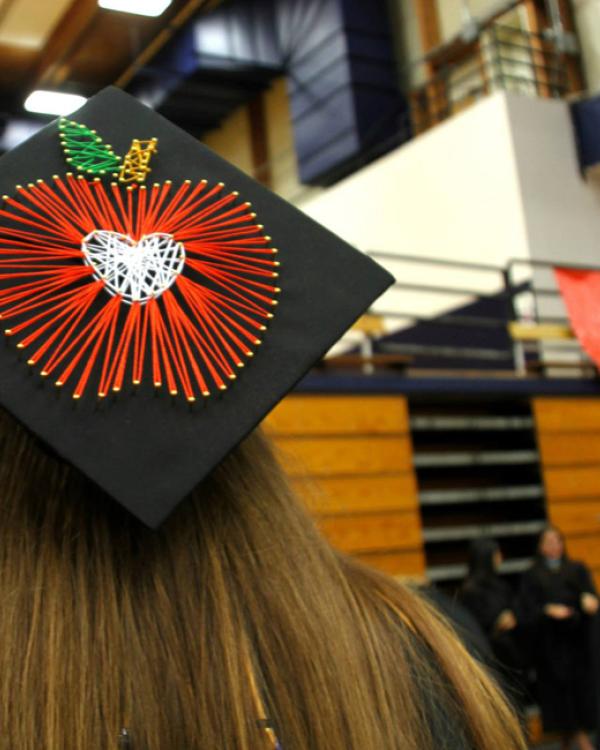
There might not be a more loaded two-word phrase in education than “teacher evaluations.” Everyone wants to establish what it means to be a good teacher, but establishing an objective means to that end is a bitter battle.
Welcome to that battleground Tine Sloan, director of UC Santa Barbara’s Teacher Education Program. In December 2016 she was awarded a $1.5 million UC President’s Research Catalyst Award to lead a nine-campus research consortium aimed at improving teacher training. The value President Janet Napolitano places on this project is clear; it was chosen from a pool of more than 100 proposals statewide and it received more than three times the funding of the other two Catalyst Awards granted this cycle combined.
Sloan sees the project as achieving three broad goals. “I’ve thought for a long time that the UC should be doing this work,” she says. “First, we need to create teacher educator scholars and practitioners. Second, we need to identify model programs. Third, we need to do research that supports the state’s policies and policy implementation.
 “The goal is to strengthen the quality of teaching, particularly in a time of shortage,” Sloan points out, referring to a situation in which California has the highest student-teacher ratio in the country and would need to hire 135,000 teachers right now to reach the national average. “One of our many tasks is to put together a data system to know what programs are producing how many teachers and then to discover where they go to teach. Which students are they serving? How long do they stay?”
“The goal is to strengthen the quality of teaching, particularly in a time of shortage,” Sloan points out, referring to a situation in which California has the highest student-teacher ratio in the country and would need to hire 135,000 teachers right now to reach the national average. “One of our many tasks is to put together a data system to know what programs are producing how many teachers and then to discover where they go to teach. Which students are they serving? How long do they stay?”
Fortunately, the Sloan-led California Teacher Education Research and Improvement Network – with PIs at Berkeley, Davis, Irvine, Los Angeles, Merced, Riverside, San Diego, and Santa Cruz, and support from the California Commission on Teacher Credentialing, the California State University System and the California Department of Education – will have the breadth and scope to do research on an unprecedented scale. “Right now there’s too much research in too many different pockets,” Sloan claims. “By being able to research across a number of places, we will be able to learn how context affects practice in locations from the middle of Los Angeles to migrant worker communities in the Central Valley, say.”
The beginnings of this research will be focused during a policy summit scheduled for May 2017 in Sacramento. The goal is to bring politicians, policy-makers and academics together and set a research agenda that matters. Sloan says, “We want to really have a conversation about what do we need to do in terms of research. Are students really changing? Is what we are teaching in teacher education in line with those changes? And, ultimately, do students know how to do what we’re asking them to do?”
For, to get back to the teacher evaluation question, Sloan takes a broad view. “I think we need to look at more than just standardized test scores,” she explains. “That’s a very narrow portrait of student success. We should consider everything from love of learning to being a collaborative problem-solver to engagement in school to the social-emotional supports a teacher can provide.”